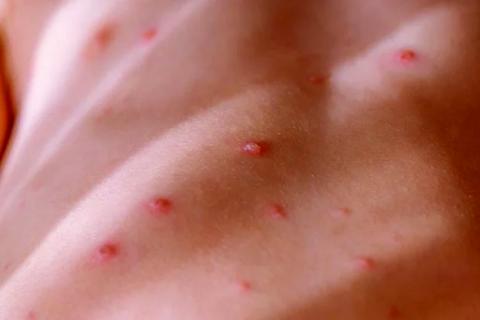
Said portfolio reported that as part of the strategy to confront the disease, it will work for greater control at the points of entry into the country and already has trained personnel for the timely detection of this disease.
The flowchart of care for patients with suspicion is also defined, and focus control measures were established.
The health authorities have already decided which will be the care units to attend to cases with the disease.
There are biosafety standards for patients, family members and service providers, taking into account the level of contagiousness and the way in which this pathology spreads.
On Saturday, the ministry reported that an Italian patient, in Cuba since August 15, became the country's first case of monkeypox.
According to the note, on August 17 he presented general symptoms and went to the health services on the 18th due to their persistence.
Now the patient is in critical condition, with danger to his life. Possible associated causes that could condition its severity are studied.
To date, the clinical presentation of monkeypox cases associated with this outbreak is variable.
Many cases in this outbreak do not present with the clinical picture classically described for monkeypox (fever, swollen lymph nodes, followed by an evolving centrifugal rash).
Atypical features described include presentation of only a few or even a single lesion, beginning in the genital or perineal/perianal area and not spreading further.
“The clinical presentation is generally described as mild and most cases have lesions on the genitalia or in the perigenital area, indicating that transmission probably occurred through close physical contact during sexual activities”, underline medical reports. They point out that the incubation stage of monkeypox is usually from six to 13 days, although it can range from five to 21 days, and most importantly, it affects any human being.
This disease is a viral zoonosis, endemic to remote areas of central and western Africa, which produces symptoms similar to those observed in human smallpox in the past, although with less severe manifestations, specified the World Health Organization.
Infection occurs through direct contact with blood, body fluids, or skin or mucous membrane lesions of infected animals, and there are as yet no specific treatments or vaccines for the condition.

Leave your comment